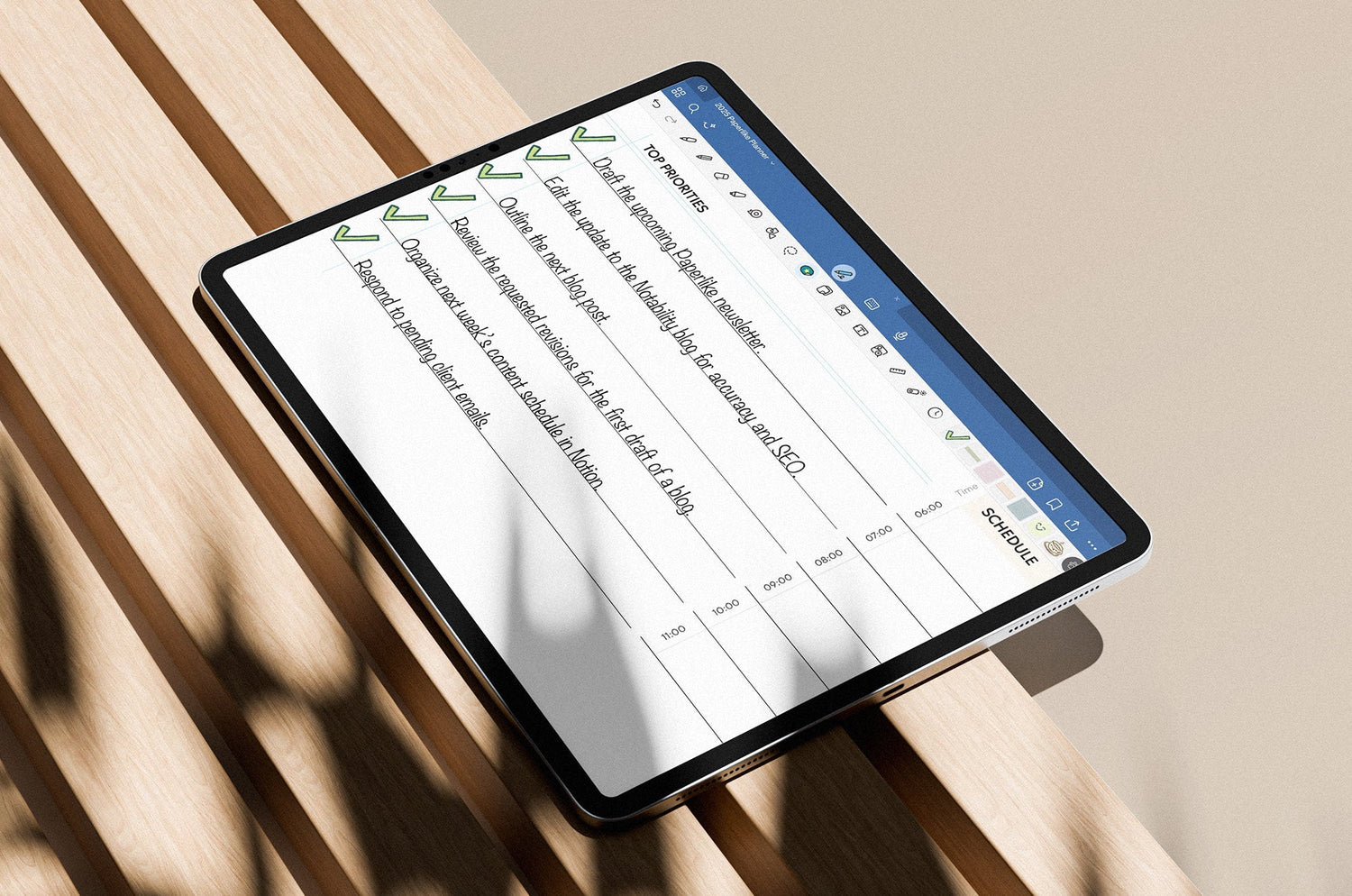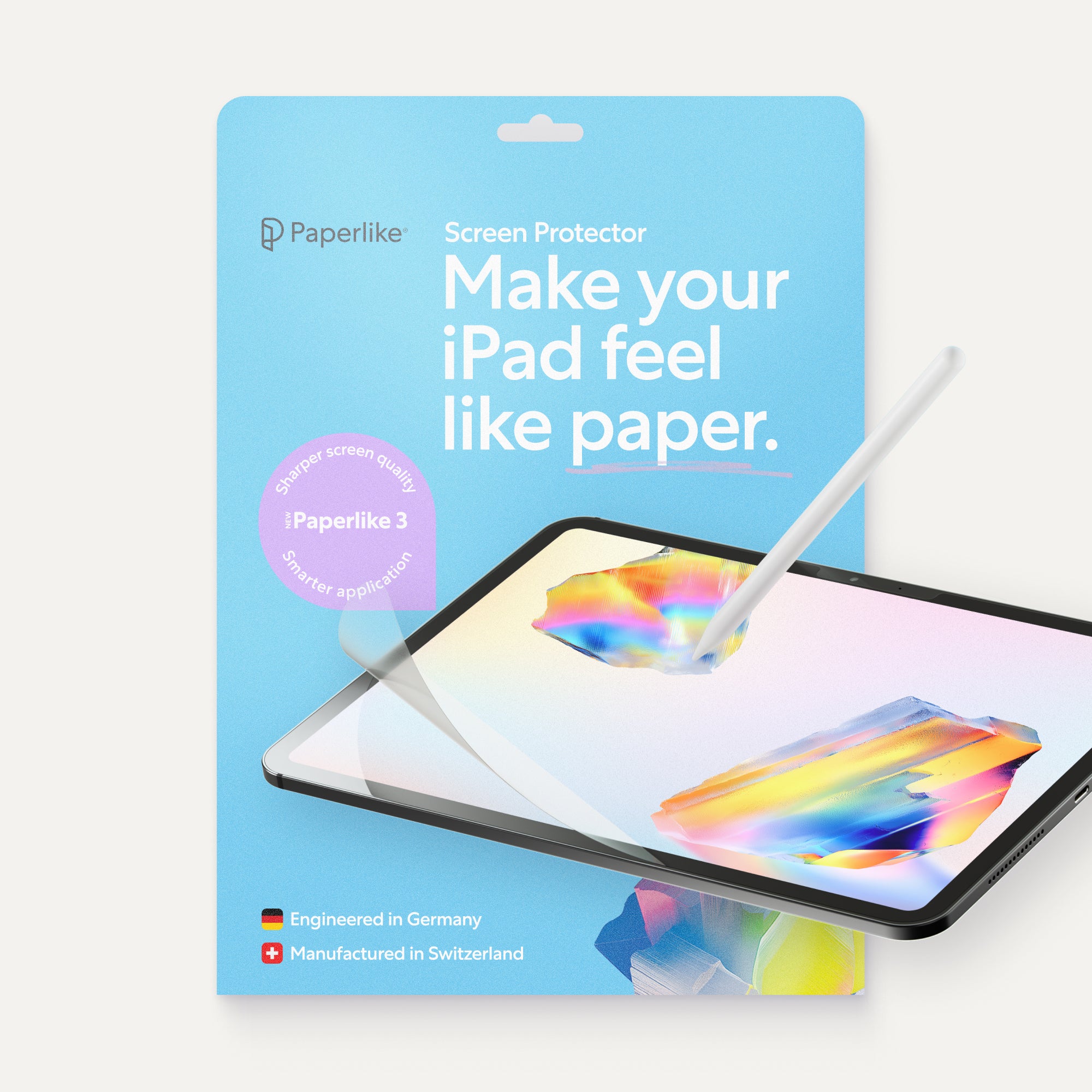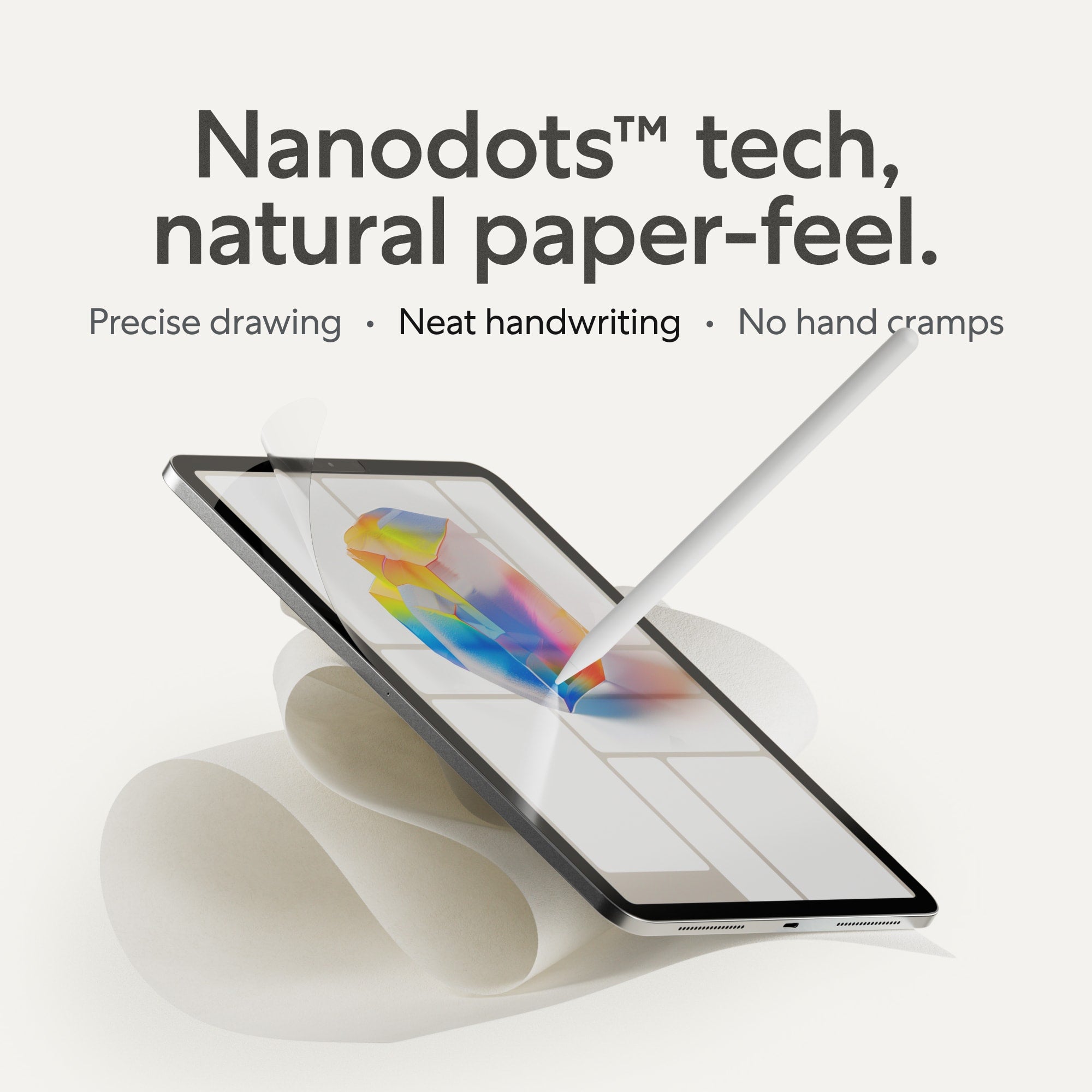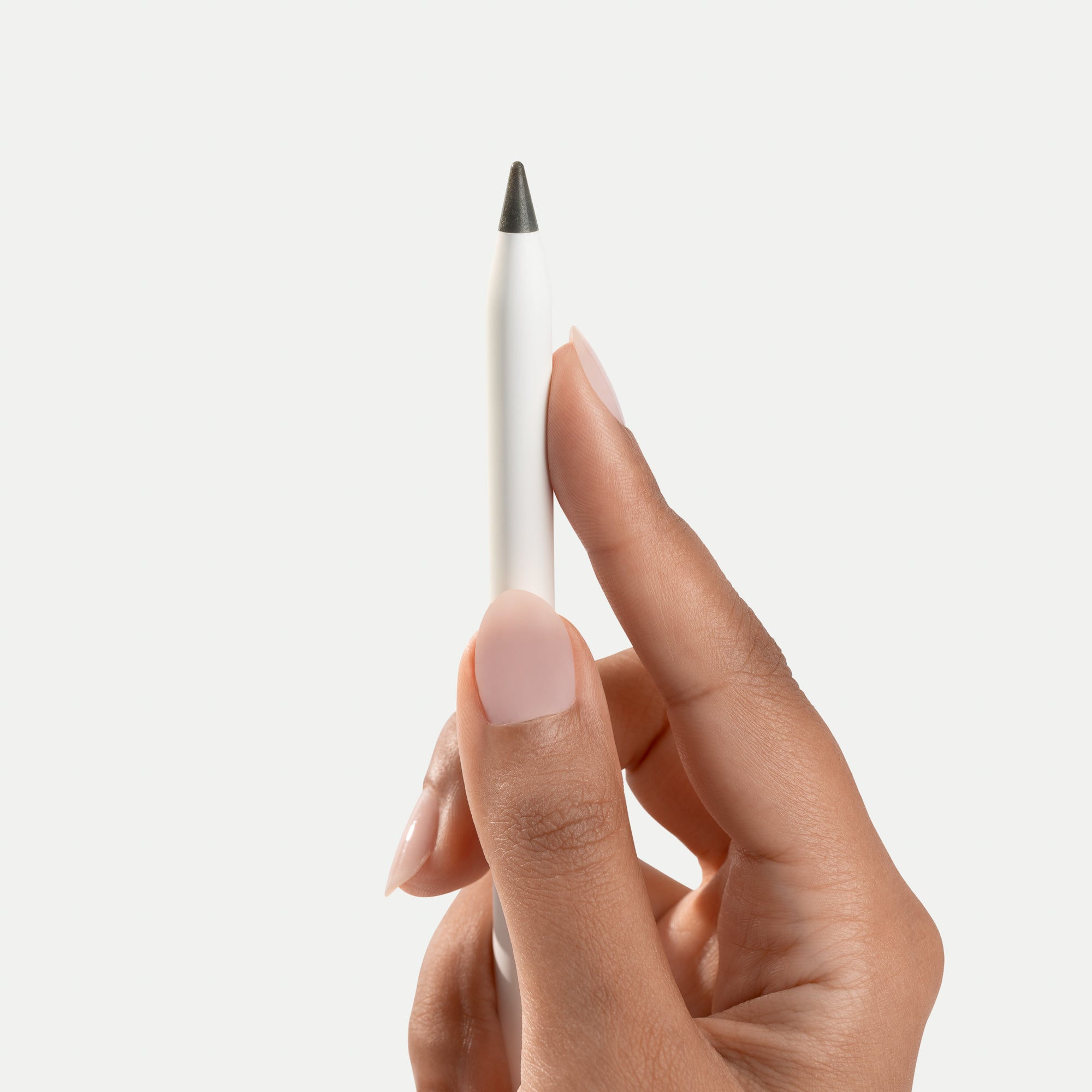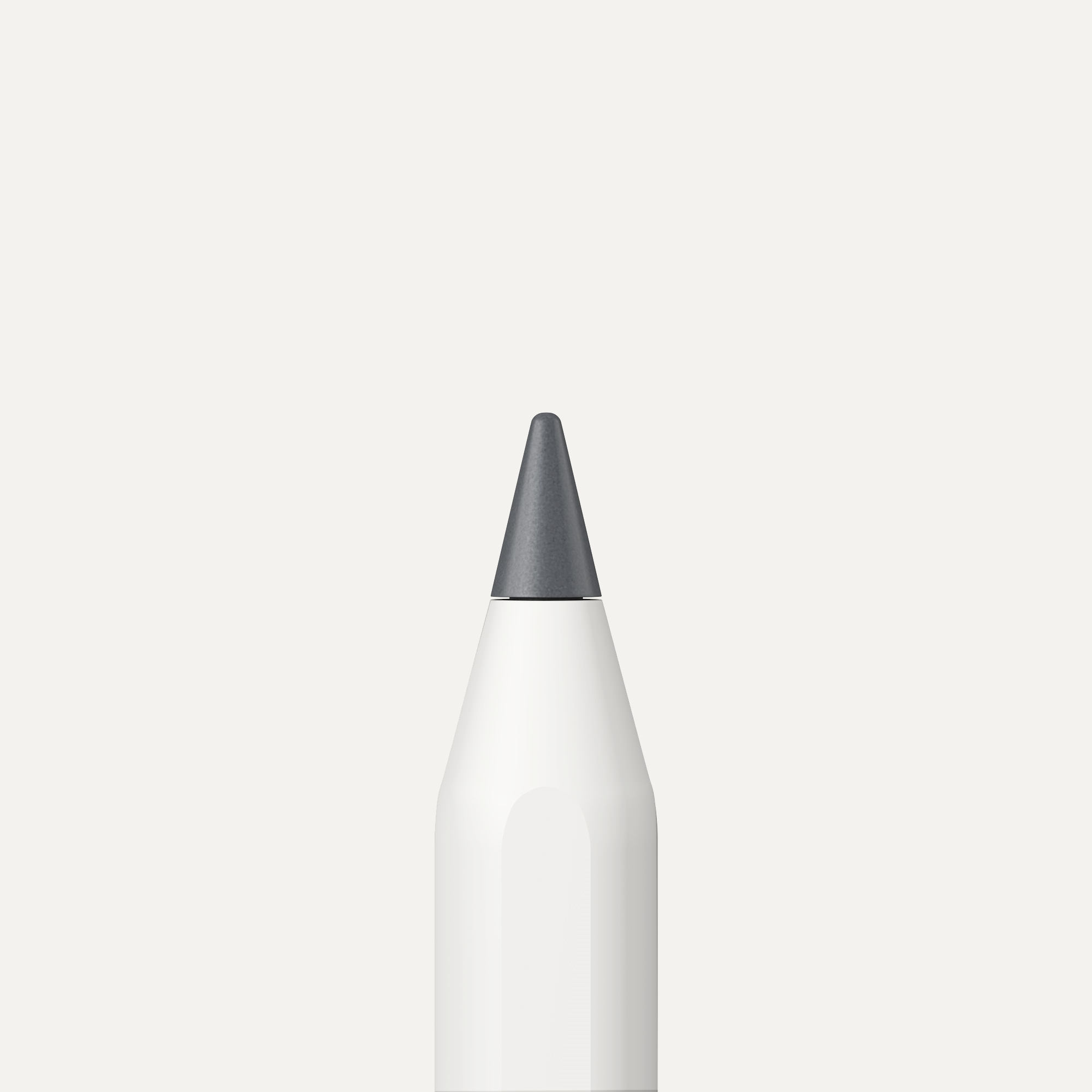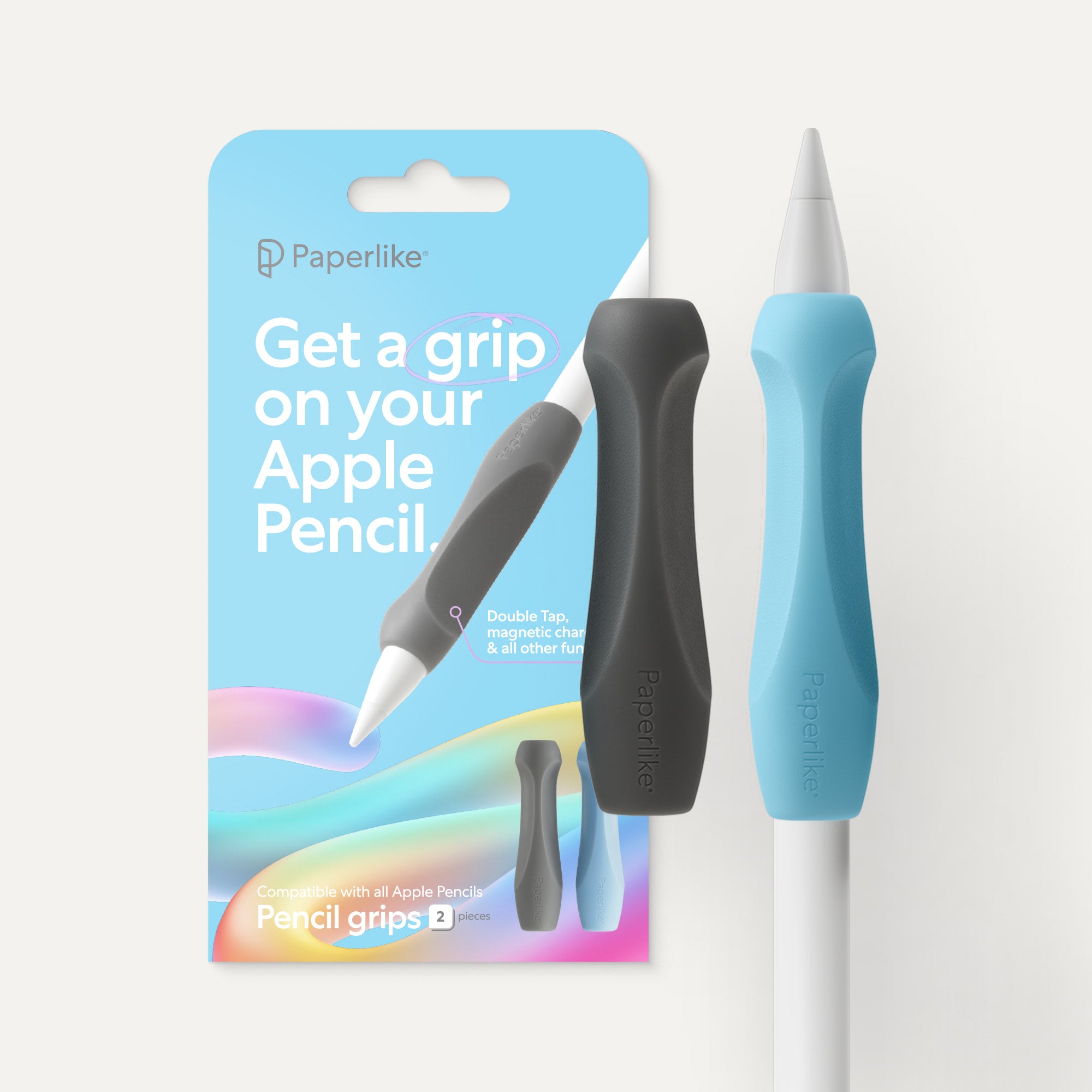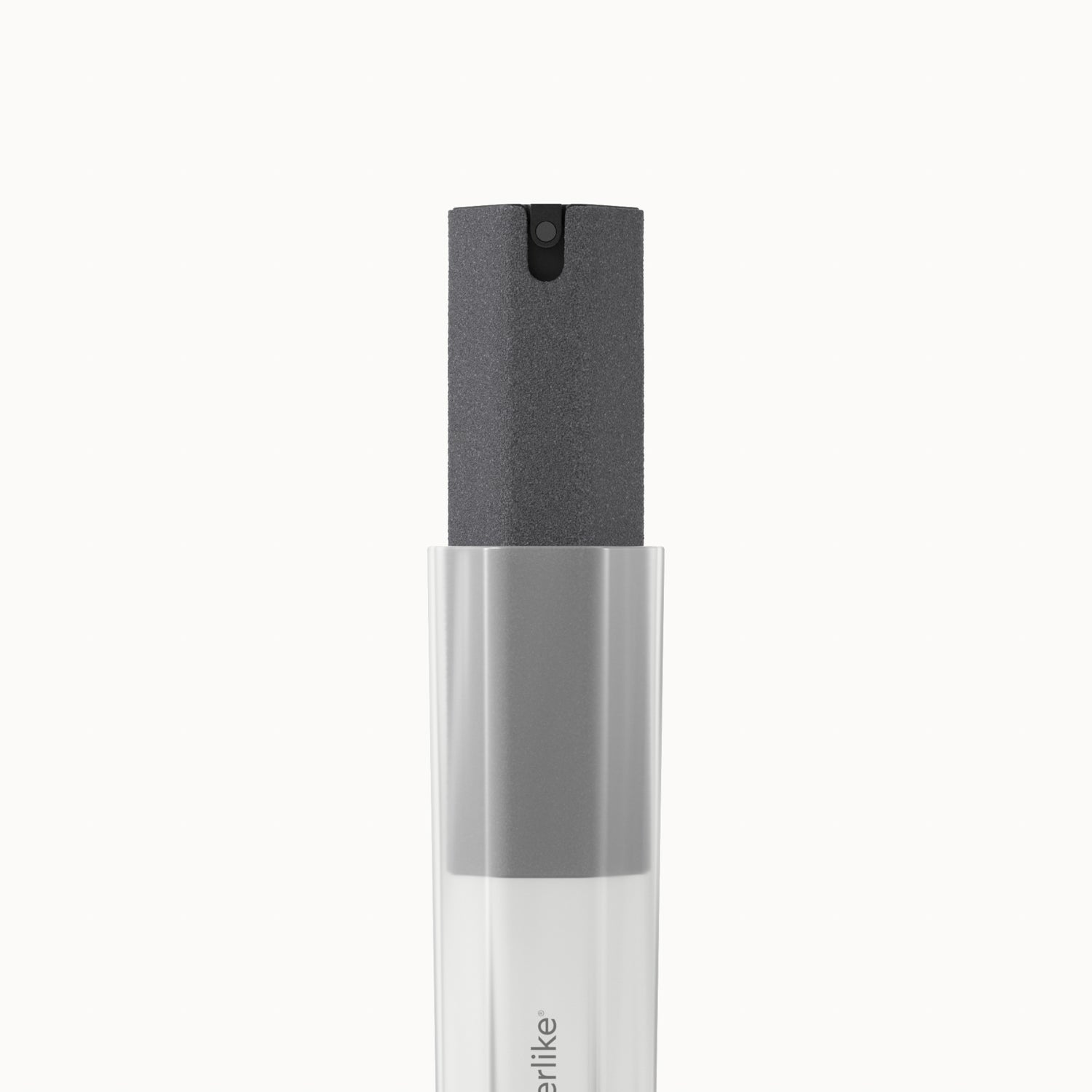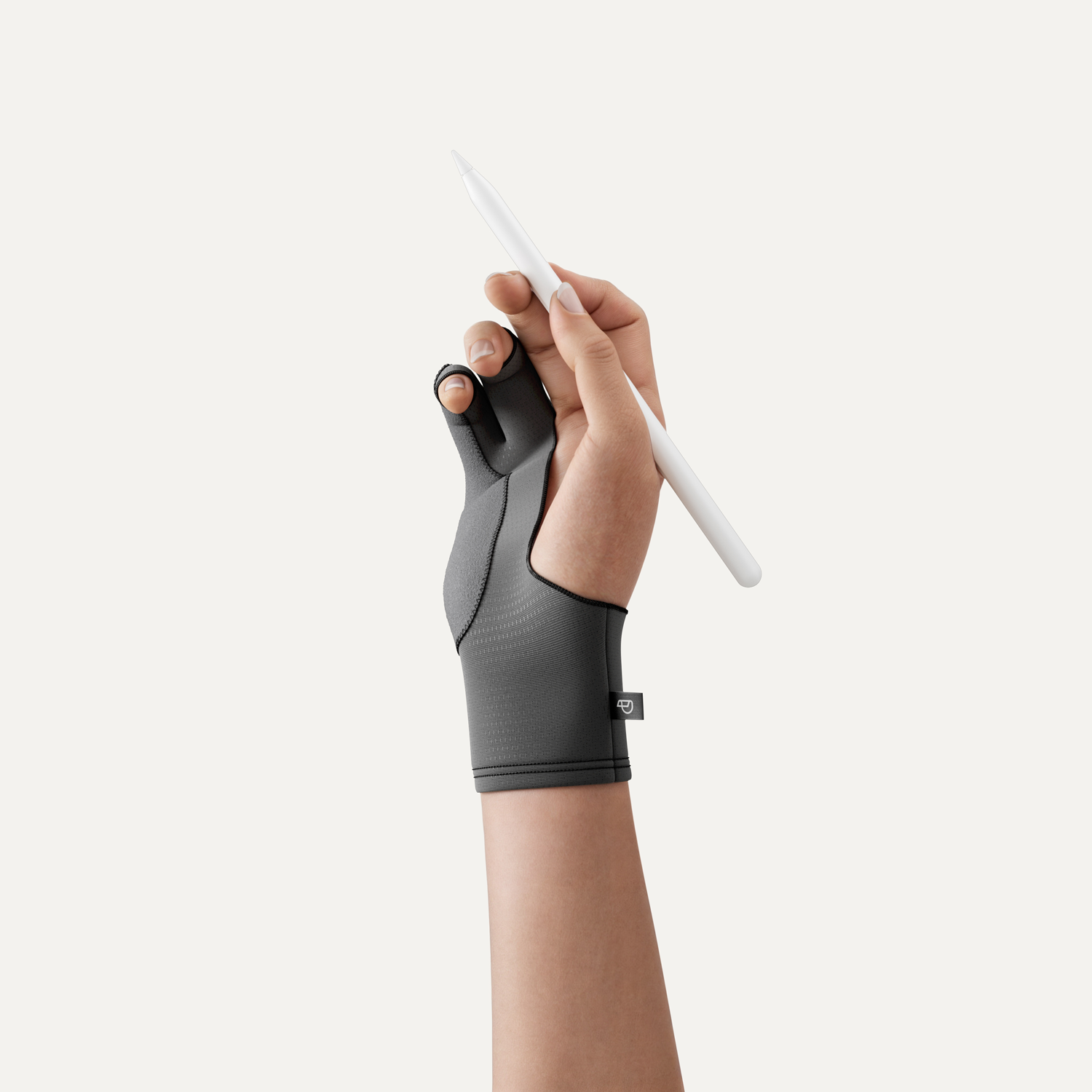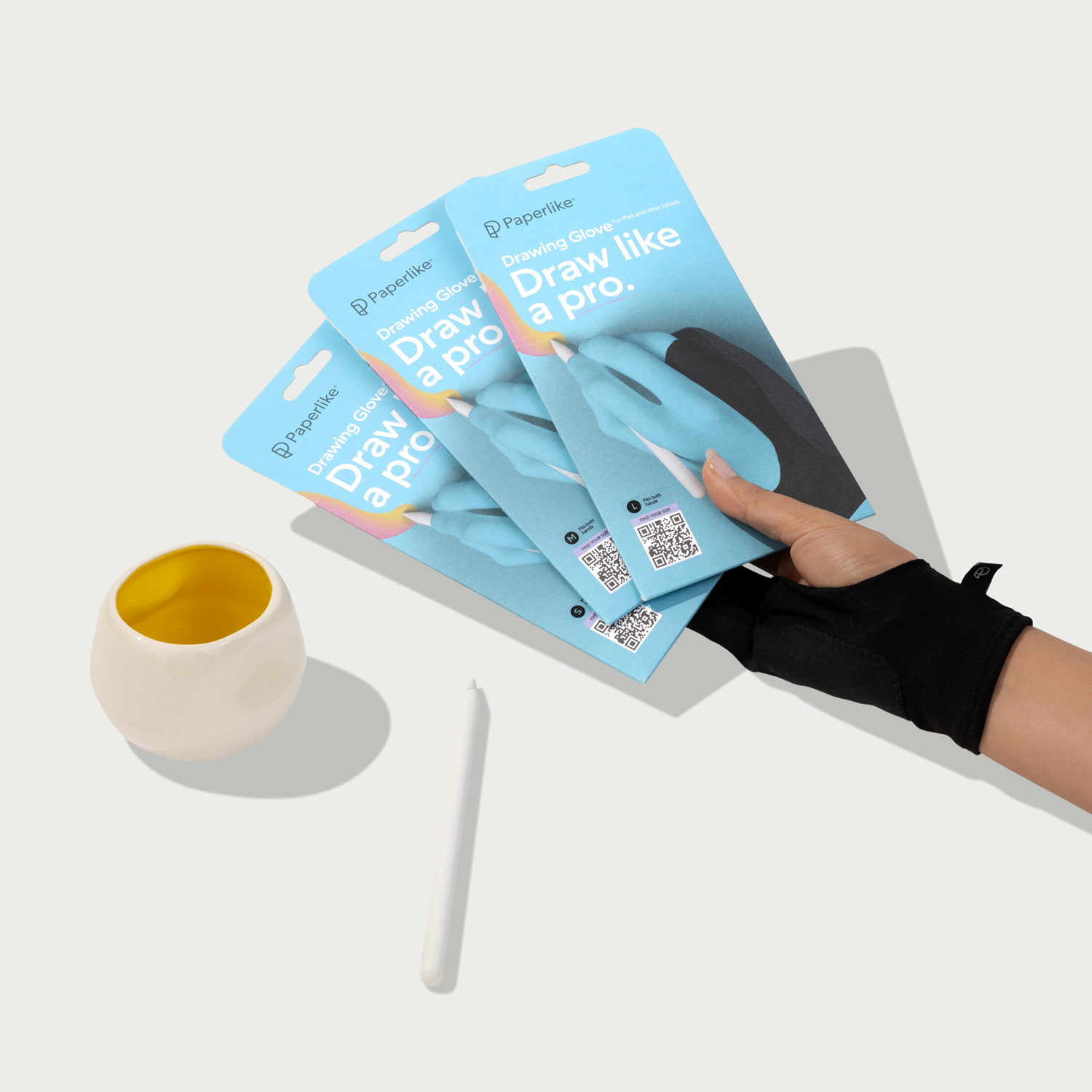By the end of most workdays, my brain feels like a browser with too many tabs open.
What did I finish? What’s still hanging over me? And where on earth do I even start tomorrow?
That’s when I found the Ivy Lee Method. It wasn’t flashy, complicated, or built into an app. It was simple. In fact, it’s been around for more than a century, yet it’s still used by leaders, creatives, and students today for one reason: it works.
So I decided to give it a try.
Could a hundred-year-old productivity trick really help me stay organized in the digital age?
Here’s what happened.
About the Ivy Lee Method
The Ivy Lee Method began in 1918, when productivity consultant Ivy Lee visited Bethlehem Steel to advise its executives.
His advice was simple: write down the six most important tasks you need to do tomorrow, rank them in order of importance, and then do them in that order.
That was it. No complex scoring systems or time tracking. Just clear priorities and disciplined focus.
Here’s how it works in practice:
- At the end of your day, write down the six most important things you need to accomplish tomorrow.
- Rank them from most important to least important.
- Start with number one when you begin your day.
- Move down the list, completing one task at a time.
- Carry over any unfinished items to the next day.
It sounds almost too easy, but the power lies in its simplicity. By deciding what matters most before the day begins, you remove the stress of constant decision-making. Instead of spending energy choosing where to start, you already know.
This method is also designed to fight the biggest productivity killer of all: multitasking. When you focus on one task until it’s done, your attention stays sharp, and your progress becomes visible.
Over a hundred years later, the system still holds up because it focuses on what most of us struggle with: prioritizing what truly matters.
If this sounds a little familiar, it’s because it shares the same spirit as the 1-3-5 Rule. Both limit the number of tasks you take on each day so you can focus on what truly matters. Where the 1-3-5 Rule divides work by size, the Ivy Lee Method organizes by priority.

Planning tomorrow, today
When I started using the Ivy Lee Method, my goal was to see if a tighter structure could help me manage multiple writing projects without feeling like I was constantly shifting gears.
What was I aiming for? To close each day with a clear plan, wake up knowing exactly what to do next, and stop overfilling my list with things that look productive but don’t actually move projects forward.
Each evening, I grabbed my iPad, opened my Paperlike™ Digital Planner, and wrote down my six priorities for tomorrow with my Apple Pencil. My list usually looked something like this:
- Draft the upcoming Paperlike newsletter.
- Edit the Notability blog update for accuracy and SEO.
- Outline the next blog post.
- Review feedback from a first-draft revision.
- Organize next week’s content schedule in Notion.
- Respond to client emails that need input before Friday.
The first morning felt different right away. No wasted energy, no wondering what to tackle first. I opened my laptop and went straight to task one. By midday, I had finished two major items and actually felt the mental clutter start to lift.

Staying the course
By the second day, I realized how much of my usual routine was spent deciding instead of doing. I’d sit down, check emails, scroll through messages, and lose an hour before making real progress.
The Ivy Lee Method changed that. My list was already waiting when I started my day, ranked and ready to go. There was no debate or hesitation, just clear direction. Because I had written it the night before, it felt set in stone.
Working through the list in order was both freeing and frustrating. Freeing because it removed the constant temptation to multitask. Frustrating because I couldn’t hide behind smaller, easier wins when the hard work stared back from the top. Still, the structure worked. The more I trusted it, the smoother each day felt.
By midweek, I noticed how much easier it was to find my rhythm. Task one set the pace, task two built momentum, and by the afternoon, I was in flow. Even when I didn’t finish all six, I ended the day feeling content rather than drained because I knew I had focused on what mattered most.
Evenings became calmer, too. Spending a few quiet minutes writing my list for the next day helped me mentally close out work. I could shut my laptop and walk away without feeling like I had left something undone.
There were still rough spots. Some tasks took longer than I expected, and unexpected messages sometimes broke my focus. But instead of spinning out, I noted the interruption and came back to the list. Returning to the list kept the day on track.
By the end of the week, I realized the Ivy Lee Method wasn’t just about prioritizing tasks. It was about follow-through. It taught me how to focus deeply, finish what I started, and move forward one deliberate step at a time.

What worked and what didn’t
What worked? The Ivy Lee Method gave me focus without overcomplication.
- It simplified my mornings. Because the plan was already written, I could start right away instead of deciding what to do first.
- It stopped me from multitasking. Working through tasks one at a time made my progress feel steady and visible.
- It built momentum. Completing the first task early in the day made it easier to keep going.
- It made evenings calmer. Writing my list became a small but grounding ritual that helped me close out the day.
But what didn’t? The hardest part was being realistic about priorities.
- Choosing the wrong six. It’s easy to fill your list with small wins that look productive but don’t move important work forward.
- Creative work doesn’t always fit. Some projects stretch across multiple tasks or take longer than expected.
- Interruptions happen. Messages or meetings can break your flow, but returning to the list helps you refocus.

FAQ
Who is the Ivy Lee Method best for?
This method works best for anyone who feels pulled in too many directions each day. It’s especially helpful if you struggle with decision fatigue or tend to multitask. By limiting your list to six priorities, you’ll learn to focus on what truly matters instead of trying to do it all.
How do I know what to put on my list?
Start with tasks that move your goals forward, not just the ones that are easiest to check off. Think of your six slots as premium space for your highest-impact work. If you’re managing multiple projects, consider using the Paperlike Digital Planner to organize your tasks and goals in one place before deciding what deserves tomorrow’s focus.
Should I write my list by hand or type it?
Why not get the best of both worlds? Handwriting often makes the list feel more personal and memorable. Writing your six tasks by hand on an iPad (with a Paperlike™ Screen Protector that adds just enough friction to make it feel like real paper) helps you slow down and think about what truly matters.
What if I can’t finish all six tasks?
That’s completely normal. Any unfinished items simply roll over to the next day. The goal isn’t perfection. It’s consistency. Over time, you’ll get better at estimating how much fits into a realistic day. You can learn more about refining your planning process in our blog on Weekly Reviews.
Can I combine the Ivy Lee Method with other productivity systems?
Yes, and it actually works best that way. The Ivy Lee Method helps you decide what to focus on, but pairing it with other systems can help you manage when and how you do that work.
You can use Time Blocking to schedule your six tasks throughout the day, Pomodoro to stay focused in short bursts, and Kanban to visualize your progress on larger projects. Together, they turn a simple list into a complete workflow.
How can the Ivy Lee Method help with studying or focus?
If you’re a student or lifelong learner, this method helps you structure your study sessions by identifying your six key topics or assignments each day. To go even further, try our Study Technique Quiz. It includes a free-to-download ebook on 10 effective ways to study, which can help you discover how you learn best and build routines that stick.
Final thoughts
The Ivy Lee Method isn’t about squeezing more into your day. It’s about ending with direction and starting with purpose.
Like the 1-3-5 Rule, it reminded me that fewer choices often lead to better focus. The Ivy Lee Method just strips things back even further, leaving only what’s essential.
Writing six tasks the night before sounds simple, but it changes everything. You stop guessing, stop multitasking, and start moving through your day with intent.
Sometimes progress is just six clear lines and the space to follow them.


